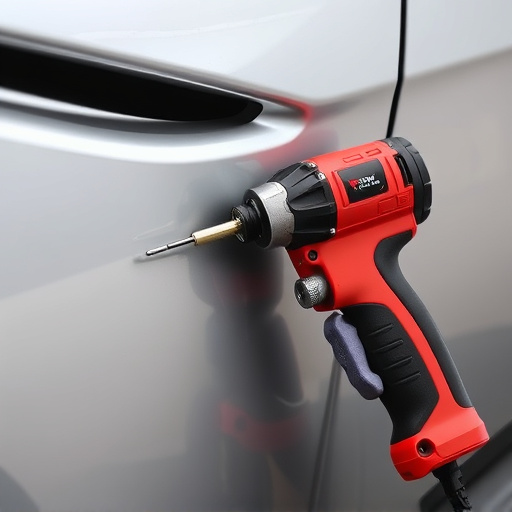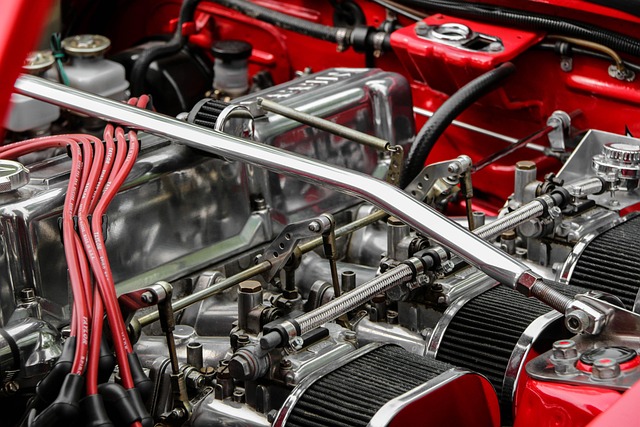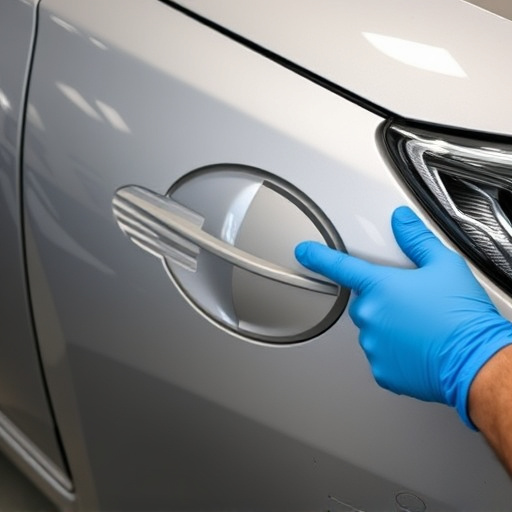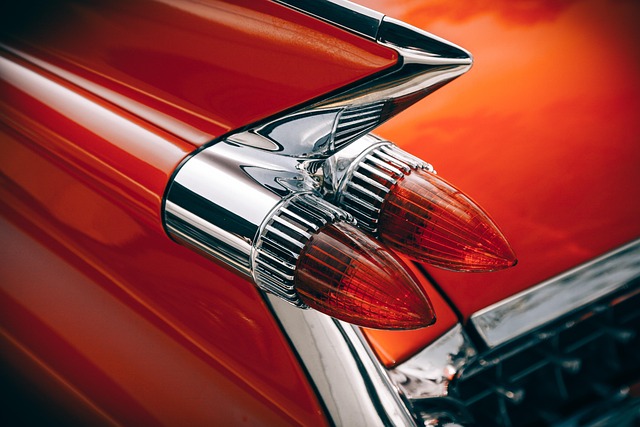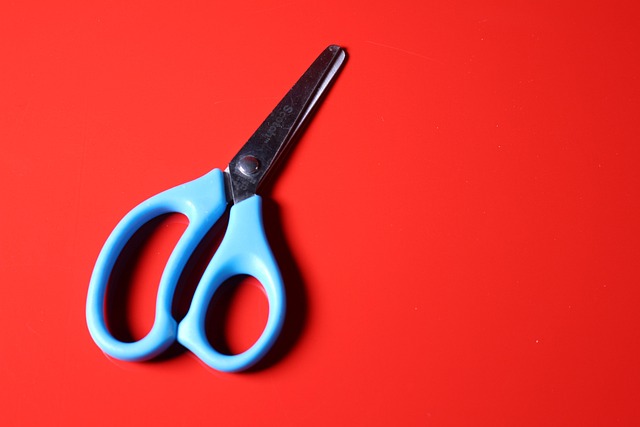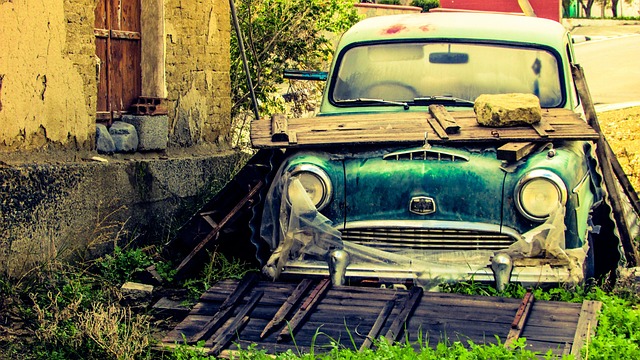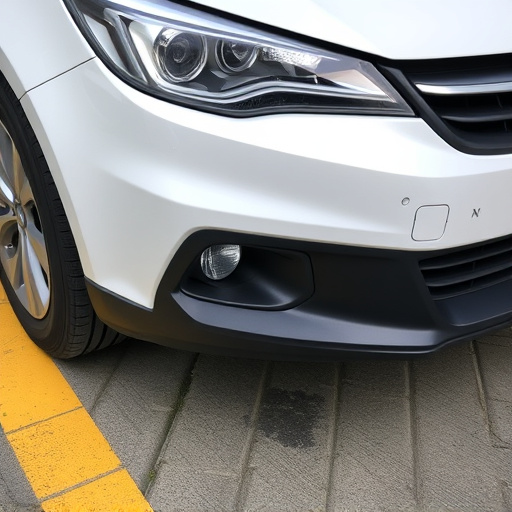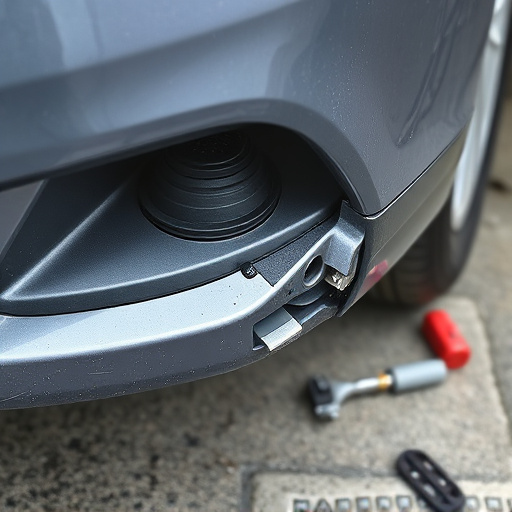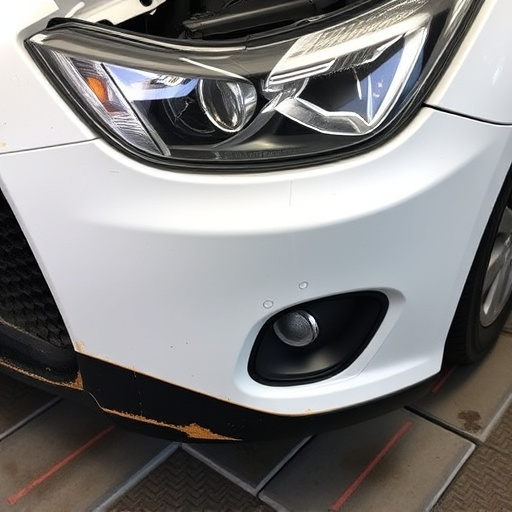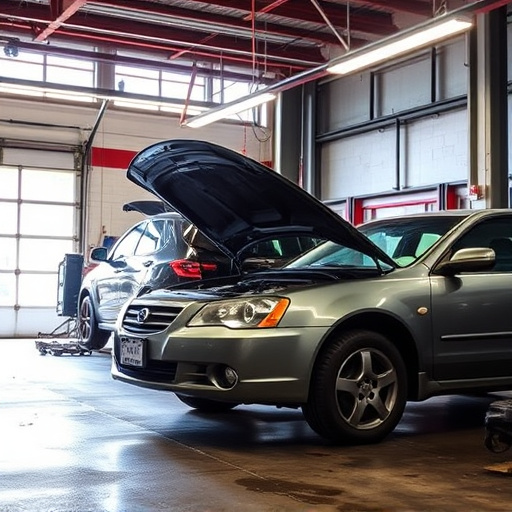Frame straightening is a vital step in auto body restoration, addressing damage to ensure structural integrity and flawless vehicle repair. Skilled technicians use advanced technology, like hydraulic presses and laser measuring systems, to correct frame distortions caused by accidents or wear. This meticulous process aligns components perfectly, enhancing safety and setting the stage for successful detailing and painting, ultimately preserving both structural and aesthetic appeal in modern automotive body shops.
In the intricate world of auto body restoration, frame straightening stands as a cornerstone, meticulously transforming damaged vehicles into sleek, safe machines. This meticulous process involves correcting misalignments, ensuring structural integrity, and restoring vehicles to their original specifications. From traditional methods employing hand tools to modern technologies like laser alignment, understanding and mastering frame straightening is paramount for achieving top-tier auto body restoration outcomes.
- Understanding Frame Straightening: The Cornerstone of Auto Body Restoration
- The Process: Techniques and Tools for Effective Frame Straightening
- Importance and Benefits: Enhancing Safety and Vehicle Performance
Understanding Frame Straightening: The Cornerstone of Auto Body Restoration

Frame straightening is a fundamental process in auto body restoration, serving as the cornerstone for achieving flawless vehicle repair and revival. It involves accurately realigning and restructuring the car’s frame, which is the backbone of its structural integrity. In the context of auto body restoration, understanding frame straightening is crucial because it ensures that every component of the vehicle, from the chassis to the body panels, aligns perfectly, resulting in a robust and safe driving experience.
This meticulous process begins with assessing the damage and determining the extent of frame distortion. Specialized equipment, including advanced lasers and 3D scanning technology, aids in measuring and mapping the frame’s contours. Once the data is gathered, skilled technicians employ various techniques, such as hydraulic presses and robotic systems, to straighten the frame back to its original specifications. The goal is not just to correct visible deformities but also to maintain the structural integrity of the vehicle, which is vital for safe driving and the longevity of the auto detailing and painting processes that follow in a collision center setting.
The Process: Techniques and Tools for Effective Frame Straightening
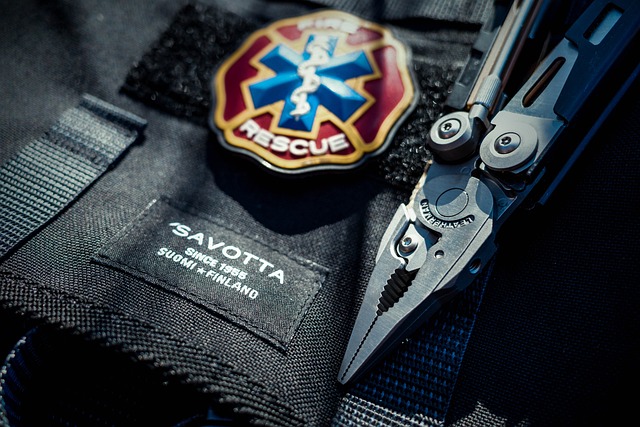
Frame straightening is a critical step in auto body restoration, ensuring that the structural integrity and aesthetic appeal of a vehicle are meticulously maintained. The process involves correcting any warping, bending, or misalignment in the frame, which can be caused by accidents, wear and tear, or previous repair attempts. Skilled technicians employ a variety of techniques and tools to achieve precise results.
One common method is the use of hydraulic presses that apply controlled force to straighten the metal. These presses are capable of handling complex shapes and curves, making them versatile for various vehicle models. Another approach involves using specialized jigs and fixtures designed to hold and guide the frame during straightening operations. This ensures accuracy and prevents further damage. Advanced technologies like laser measuring systems also play a role, offering precise measurements to confirm the effectiveness of straightening processes in modern automotive body shops and vehicle restoration centers.
Importance and Benefits: Enhancing Safety and Vehicle Performance
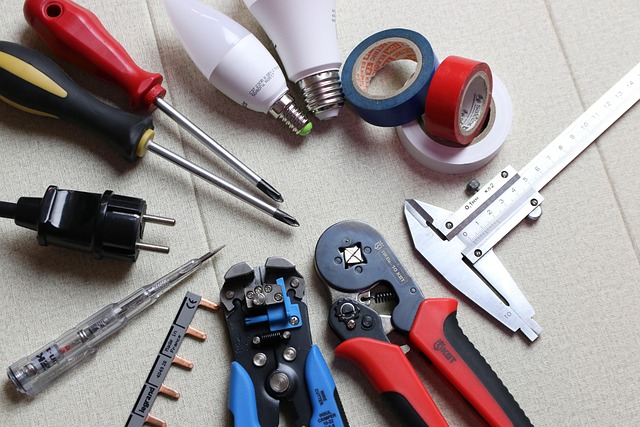
Frame straightening is an integral part of auto body restoration processes, offering significant benefits that extend beyond mere cosmetic enhancements. The primary importance lies in its ability to enhance safety and vehicle performance. When a car undergoes severe damage, whether from an accident or over time due to wear and tear, the frame often suffers structural changes. These alterations can compromise the integrity of the vehicle, making it less stable and potentially dangerous to drive.
By employing expert frame straightening techniques, body shops can restore the original shape and alignment of the car’s frame. This meticulous process ensures that all components—from suspension systems to safety features like airbags—are aligned correctly. As a result, vehicles become safer to operate and perform better on the road. Moreover, proper frame straightening is crucial for achieving flawless car paint services during restoration, ensuring that every curve and contour of the vehicle body is accurately replicated. Effective body shop services thus combine functionality with aesthetics, providing owners with both peace of mind and a top-notch driving experience.
Frame straightening is an indispensable component of auto body restoration, playing a pivotal role in enhancing vehicle safety and performance. By employing advanced techniques and tools, restorers can accurately realign distorted frames, ensuring structural integrity and optimal driving dynamics. This meticulous process not only restores the car’s original shape but also increases its longevity, making it a crucial step in the auto body restoration journey.
